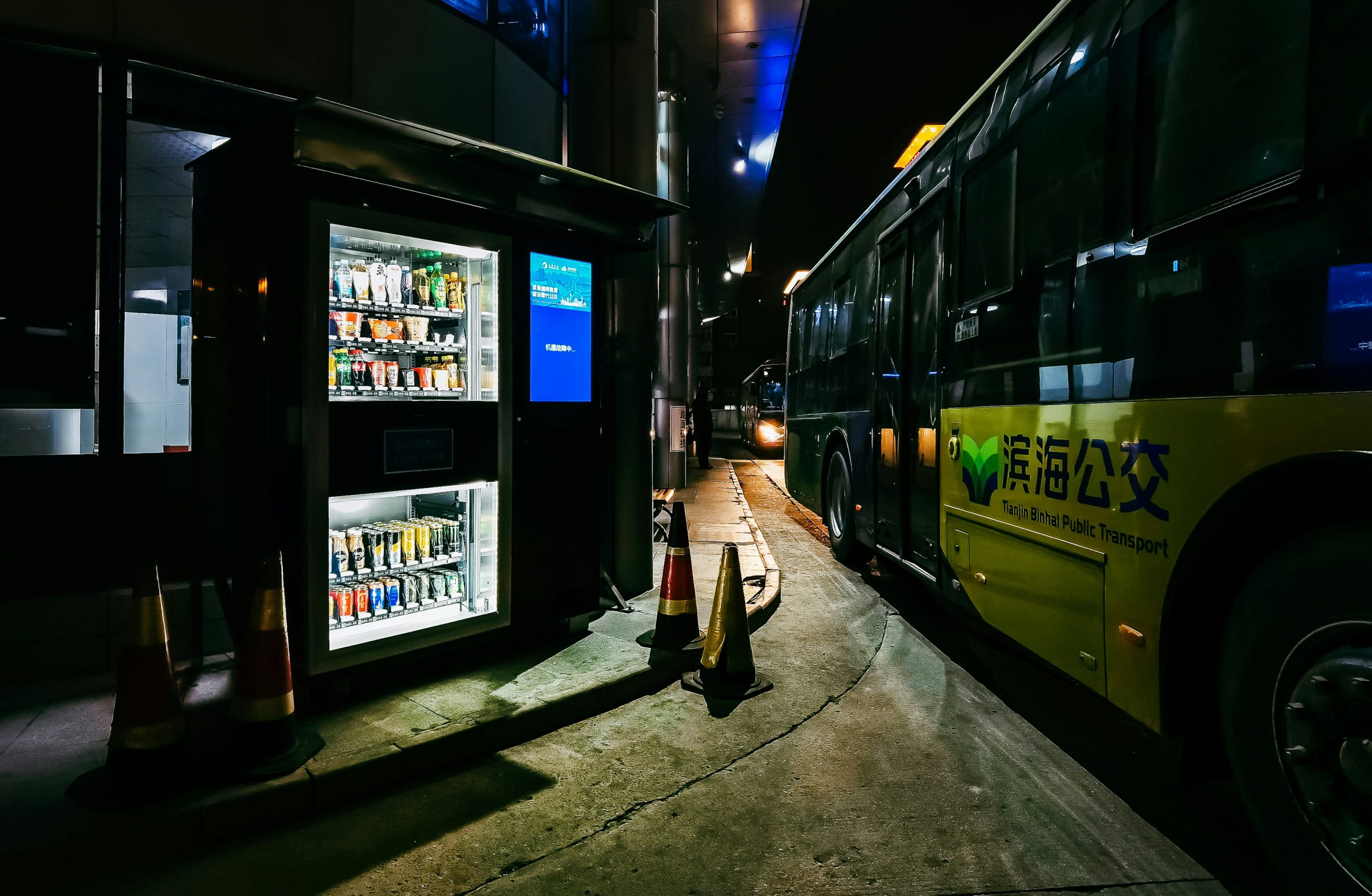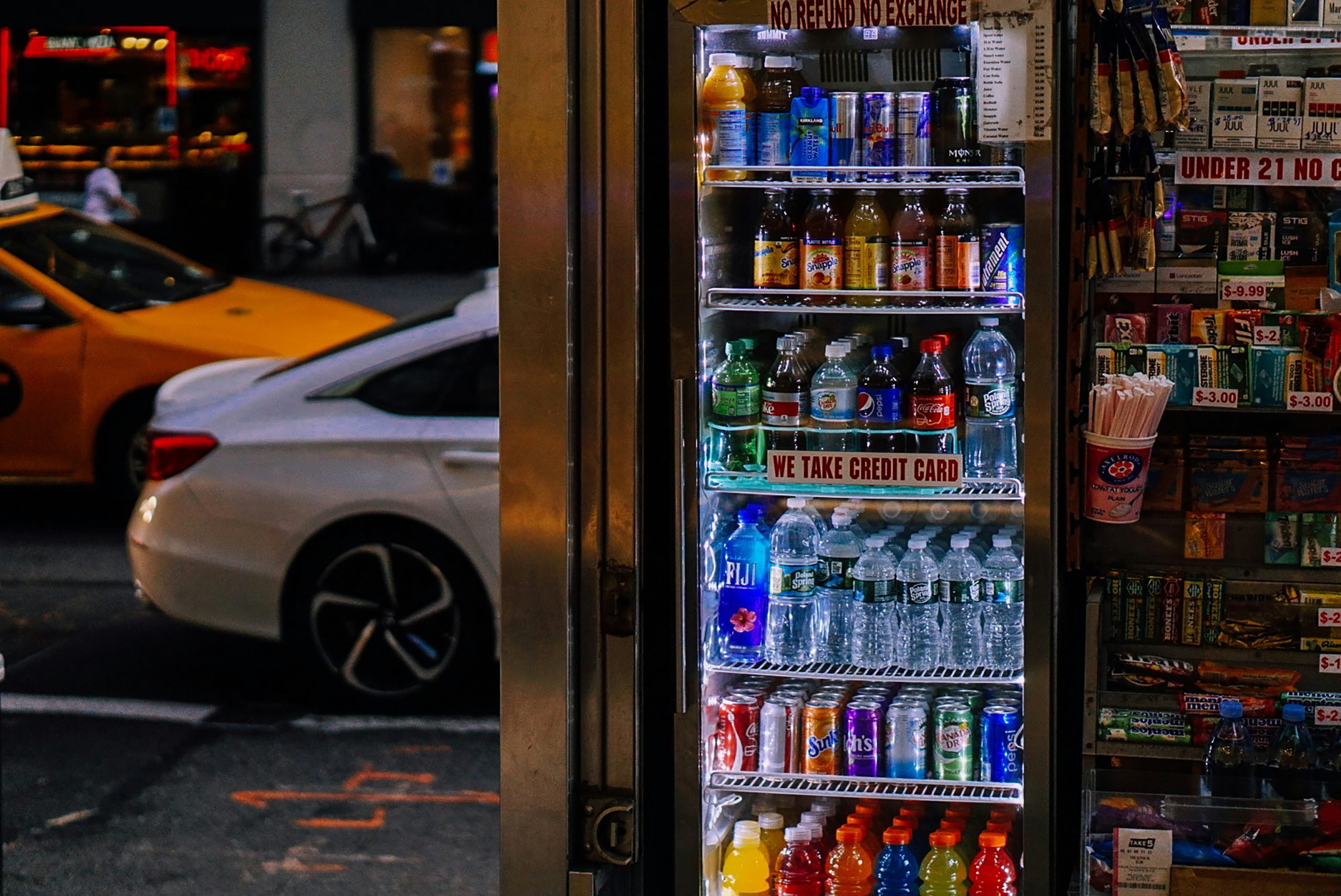
The vending machine business has been around for decades, but it’s far from outdated. With low startup costs, flexibility, and the potential to generate passive income, vending machine businesses are becoming an attractive venture for new and seasoned entrepreneurs alike. Whether you’re dreaming of running multiple machines or just want a side hustle, understanding how to get started is crucial.
This guide breaks down everything you need to know, from initial planning and setup to managing your machines for maximum profit. By the end of this post, you’ll have a clear roadmap to start your own vending machine business.
What Is a Vending Machine Business?
Simply put, a vending machine business involves purchasing vending machines, stocking them with products, and placing them in strategic locations to generate income. These machines sell a variety of items, from snacks and beverages to specialty products like electronics or toiletries.
The business is often considered “semi-passive,” meaning once the machines are set up and stocked, they can generate income without the daily oversight that a traditional retail business requires.
Why Start a Vending Machine Business?
Before jumping in, it’s essential to understand why vending machines are a solid business opportunity. Here are some of the benefits:
- Low Startup Costs: Starting a vending machine business can require less capital than other ventures, especially if you start small with one or two machines.
- Passive Income: Once the machines are in place and stocked, they can generate income on autopilot.
- Flexible Schedule: You’re not tied to a 9-to-5 schedule. You choose when to maintain and stock your machines.
- Scalability: Begin with one machine, and as your profits grow, expand your network.
- Wide Market Appeal: Vending machines attract customers across industries, from schools to gyms to office buildings.
6 Steps to Starting Your Own Vending Machine Business
It’s great to dream big, but success requires careful planning. Here’s how to get started:
Step 1: Research the Market
Before investing in vending machines, research the demand in your area. Look for high-traffic spaces like:
- Offices
- Schools and colleges
- Gyms and fitness centers
- Hospitals
- Airports, train stations, or bus terminals
Conduct competitor analysis. Are there already vending machines in your desired location? If so, study the products they sell and identify opportunities to differentiate your offerings.
Additionally, decide what type of products you want to sell. Popular options include:
- Snacks and drinks (traditional vending)
- Healthy options (a growing trend in schools and offices)
- Specialty items (like beauty products, tech, or PPE)
Step 2: Create a Business Plan
A solid business plan is your blueprint to success. It should cover:
- Initial Costs: Include costs for buying or leasing machines, stocking inventory, licenses, and maintenance.
- Target Locations: Where do you plan to place your machines? Who are your ideal customers?
- Operating Costs: Factor in restocking, traveling for maintenance, and electricity.
- Revenue Projections: Estimate how much revenue each machine is likely to generate.
- Growth Plan: Outline how you’ll expand over time.
Step 3: Choose the Right Vending Machines
Not all vending machines are the same. Here are some options:
- Traditional Machines: Dispense snacks, chips, or candy.
- Drink Machines: Serve beverages like sodas, water, or energy drinks.
- Combo Machines: Offer both snacks and drinks.
- Specialty Machines: Sell unique items like phone chargers, face masks, or ice cream.
Decide whether you want to buy or lease. Buying a new machine can cost between $3,000 and $7,000, while used machines may range between $1,000 and $3,000. Leasing requires less upfront capital but includes ongoing monthly payments.
Step 4: Secure High-Traffic Locations
The key to success is securing strategic, high-traffic locations. Reach out to venue managers or property owners to pitch your proposal. Be ready to discuss:
- The benefits of having a vending machine on-site (convenience for employees/customers, added revenue if profit-sharing is offered)
- The types of products you plan to sell
- Your revenue-sharing agreement (commonly 10–20% of profits go to the property owner)
Get everything in writing with a signed contract.
Step 5: Stock and Maintain Your Machines
Selecting the right products is critical for sales. Purchase products in bulk from wholesalers or Costco-like stores to maximize your profit margins.
Consider these tips:
- Stock popular items (e.g., chips, sodas, gum).
- Experiment with new products to see what sells best.
- Update inventory seasonally (e.g., hot drinks in winter, cold in summer).
You’ll also need a regular maintenance schedule. Machines need to be restocked frequently, and mechanical malfunctions should be fixed quickly to avoid downtime.
Step 6: Market Your Business and Monitor Growth
Even though vending machines are passive income generators, you still need marketing to grow. Promote your service on social media, create a professional website, and build relationships with property owners to secure more placements.
Monitor key performance metrics like:
- Revenue per machine
- Popular products
- Overall profits vs. expenses
Use these insights to optimize your business and make data-backed decisions about expanding.
How Much Can You Make With a Vending Machine Business?
Earnings will depend on factors like location, traffic, and product demand. On average:
- A well-placed vending machine can earn between $100 and $400 per month.
- High-traffic locations, like airports or malls, may earn $1,000 or more monthly.
With multiple machines in lucrative locations, your income can grow significantly over time.
Common Mistakes to Avoid
When starting out, avoid these pitfalls:
- Choosing the Wrong Location: Even the best machine won’t generate revenue if it’s in a low-traffic spot.
- Ignoring Maintenance: A broken machine can drive customers away.
- Not Paying Attention to Trends: Consumer preferences change, so update your inventory regularly.
- Underestimating Costs: Always account for unexpected expenses (like machine repairs).
Is a Vending Machine Business Right for You?
Vending machines represent a low-risk way to enter the world of entrepreneurship. They’re ideal if you’re looking for a scalable business model with semi-passive income potential. However, success requires careful planning, consistent effort, and a willingness to adapt.
If you’re organized, resourceful, and customer-focused, owning a vending machine business could be a profitable venture that aligns perfectly with your goals.
Next Steps to Get Started
Starting a business takes courage and preparation, but the rewards can be well worth it. Begin by researching your local market, identifying high-traffic locations, and drafting a clear business plan.
If you’re ready to take the next step, don’t wait! Get in touch with industry experts or browse vending machine suppliers to kick-start your new venture.
Related Blog



